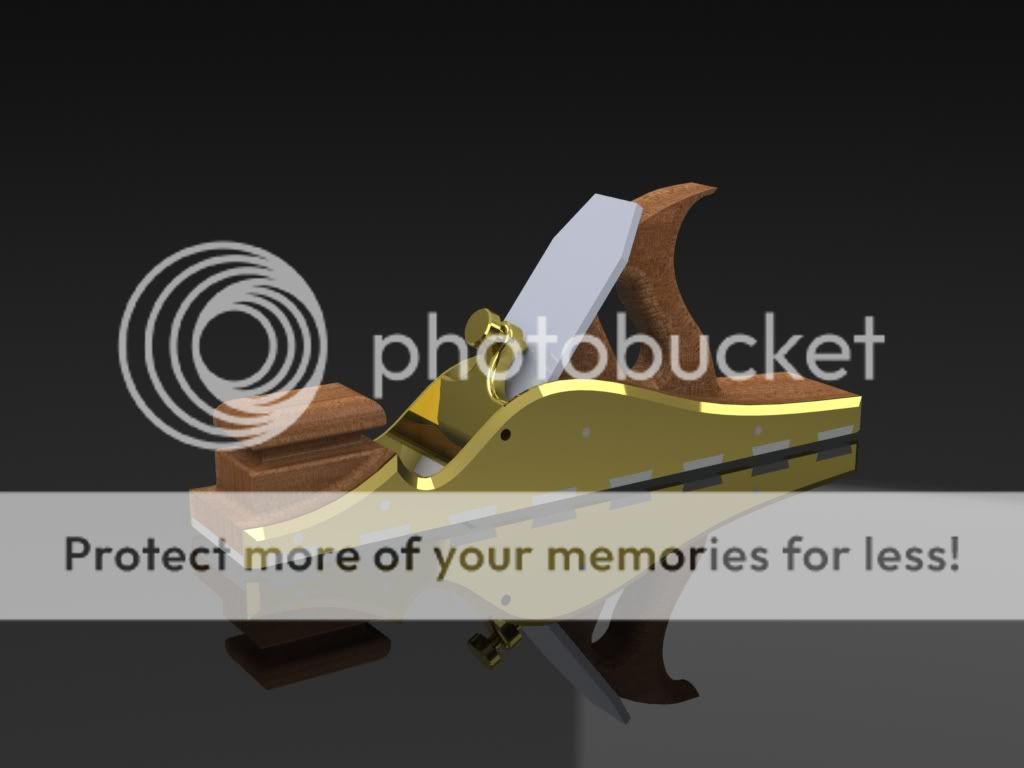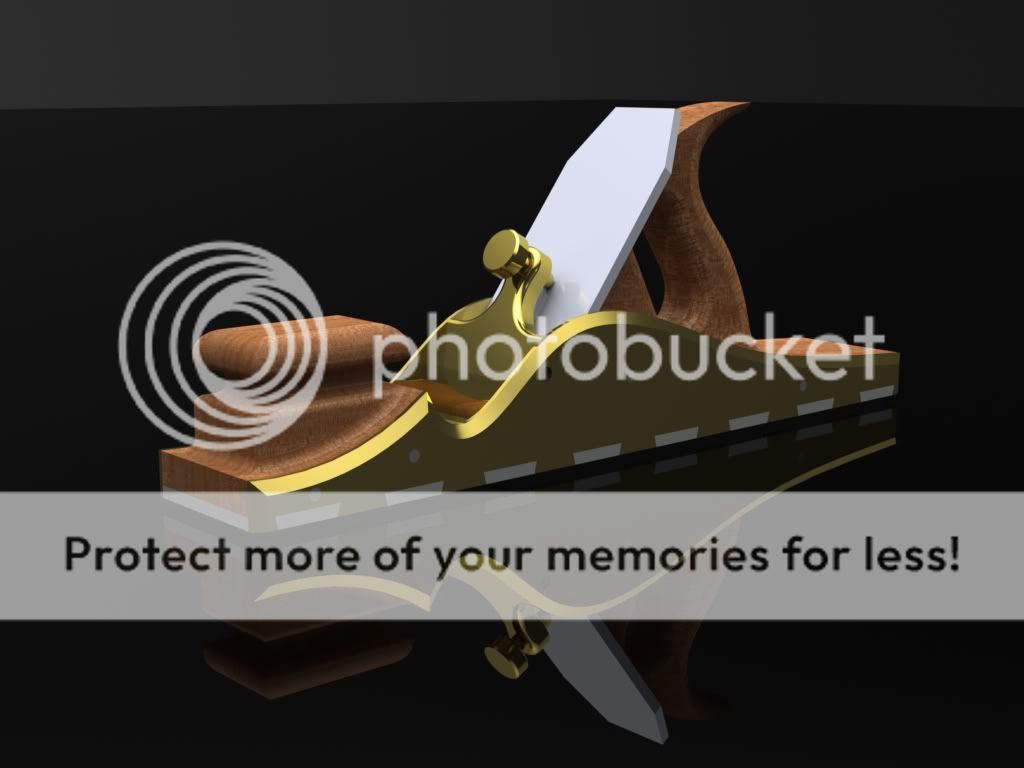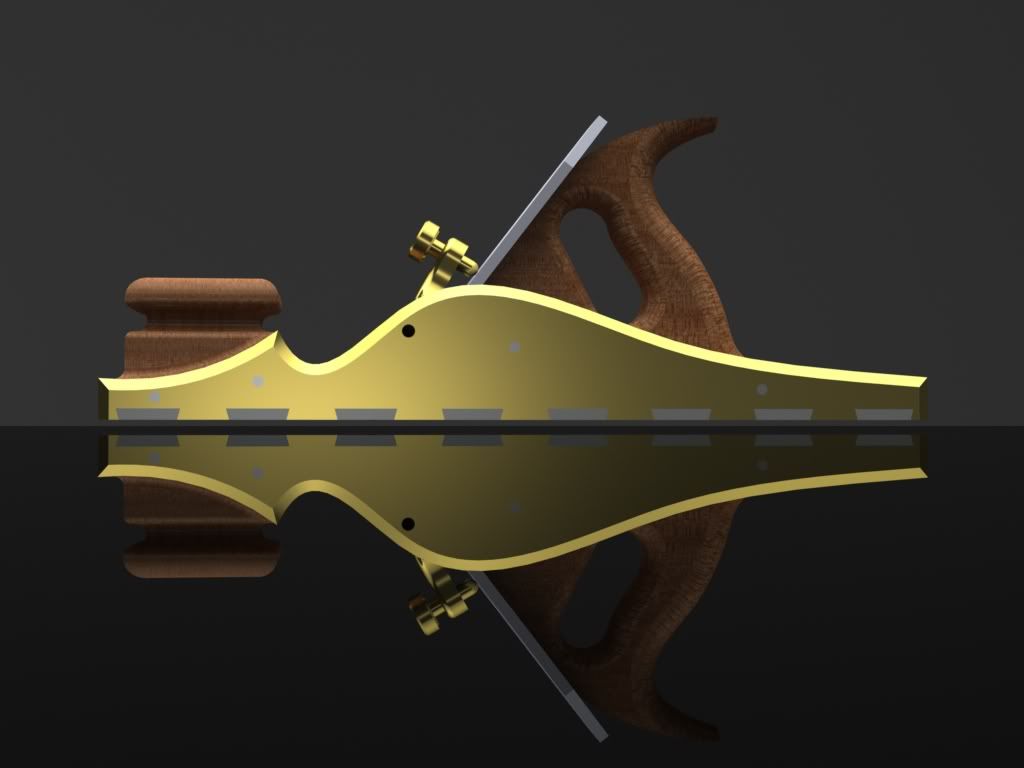Aled Dafis":1oolo4k4 said:I've had a bit of a play with SolidWorks tonight and following a few frustrations, came up with this.


Cheers
Aled
WOW!!
I don't like the ''saw'' handle, but that's just my taste.
Looks great mate.
Ali

Aled Dafis":1oolo4k4 said:I've had a bit of a play with SolidWorks tonight and following a few frustrations, came up with this.


Cheers
Aled
Aled Dafis":8cd3af9z said:Thanks for the comments guys.
What do you suggest I do with the front bun Jimi? I know it needs something but not quite sure what at the mo.
By the way, the pic opens up bigger if you click on it, took me a while to figure why it was always the same size regardless of which version i imported.
Cheers
Aled






That's a given, you old plane-maker you!jimi43":23t4ysk7 said:I love that design Aled...one of my old favourites!
I look forward to seeing WIP...you never know...I might be following along with you by then!
Jim
Pete Maddex":yhpbxlrb said:Hi,
The filling in Crunchy bars is cut with a high presure jet of cooking oil.